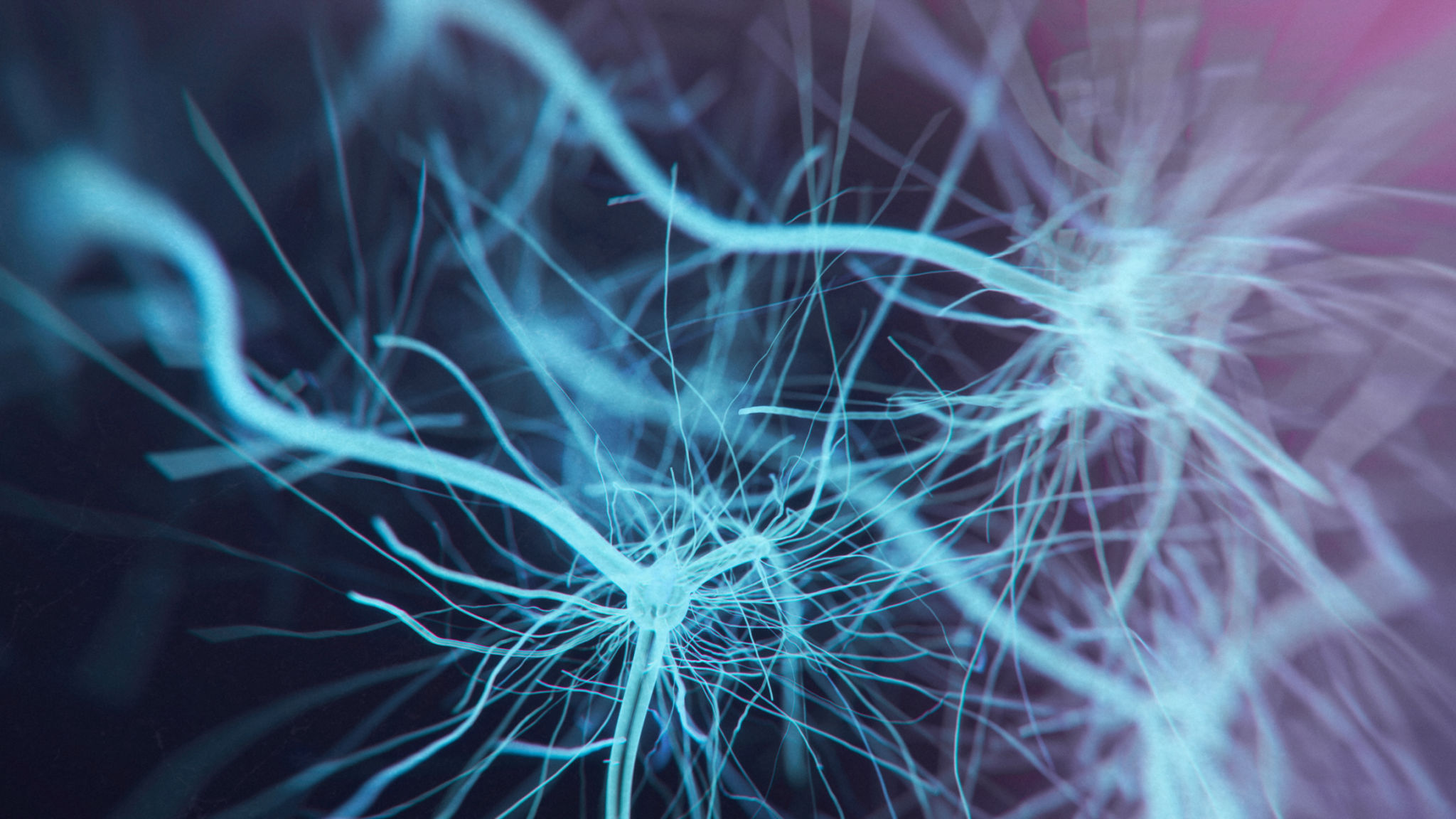Common Misconceptions About Cognitive Neuroscience Debunked
Understanding Cognitive Neuroscience
Cognitive neuroscience is a rapidly evolving field that combines the knowledge of brain science and cognitive psychology to understand how mental processes are facilitated by the brain. Despite its growing prominence, several misconceptions continue to circulate, leading to misunderstandings about what cognitive neuroscience truly entails.

Myth: Cognitive Neuroscience is Just About Studying the Brain
One common misconception is that cognitive neuroscience is solely about studying the brain's physical structures. While it does involve examining neural circuits and brain anatomy, its scope is much broader. Cognitive neuroscience seeks to understand how these physical structures relate to mental processes such as perception, memory, and decision-making.
This field integrates insights from various disciplines, including psychology, neurology, and computer science, to build a comprehensive picture of how our brains enable us to think, feel, and interact with the world.
Myth: We Only Use 10% of Our Brain
The idea that humans only use 10% of their brain is a pervasive myth that has been debunked by numerous scientific studies. Cognitive neuroscience has shown that virtually every part of the brain has a known function and is active at different times. The brain is a complex organ, and even tasks that seem simple involve multiple regions working in concert.

Myth: Cognitive Neuroscience Can Read Minds
Another misconception is that cognitive neuroscience can read minds or predict thoughts. While advancements such as functional MRI (fMRI) allow scientists to observe brain activity, these tools do not translate directly into reading thoughts. They provide data on which areas of the brain are active during certain tasks but cannot decipher specific thoughts or intentions.
These technologies are valuable for understanding general patterns of brain activity but are far from mind-reading devices.
Myth: Cognitive Neuroscience Provides Immediate Answers
Some people believe that cognitive neuroscience can offer quick fixes or immediate answers to complex human behaviors. However, the field is still developing and often raises more questions than it answers. Research in cognitive neuroscience is meticulous and involves long-term studies to ensure accuracy and validity.

Myth: Cognitive Neuroscience Replaces Psychology
It's a mistake to think that cognitive neuroscience replaces traditional psychology. Instead, it complements it by providing a biological basis for psychological phenomena. While psychology focuses on understanding behavior and mental processes, cognitive neuroscience offers insights into how these are rooted in brain function.
Together, they create a more comprehensive understanding of human behavior and mental health.
The Impact of Cognitive Neuroscience
The field has significantly impacted areas such as mental health treatment, education, and artificial intelligence. By debunking myths and understanding its true scope, we can better appreciate how cognitive neuroscience contributes to these fields and our understanding of ourselves.
Continued research and interdisciplinary collaboration are essential for advancing this exciting field, breaking down misconceptions, and uncovering new insights into the human mind.